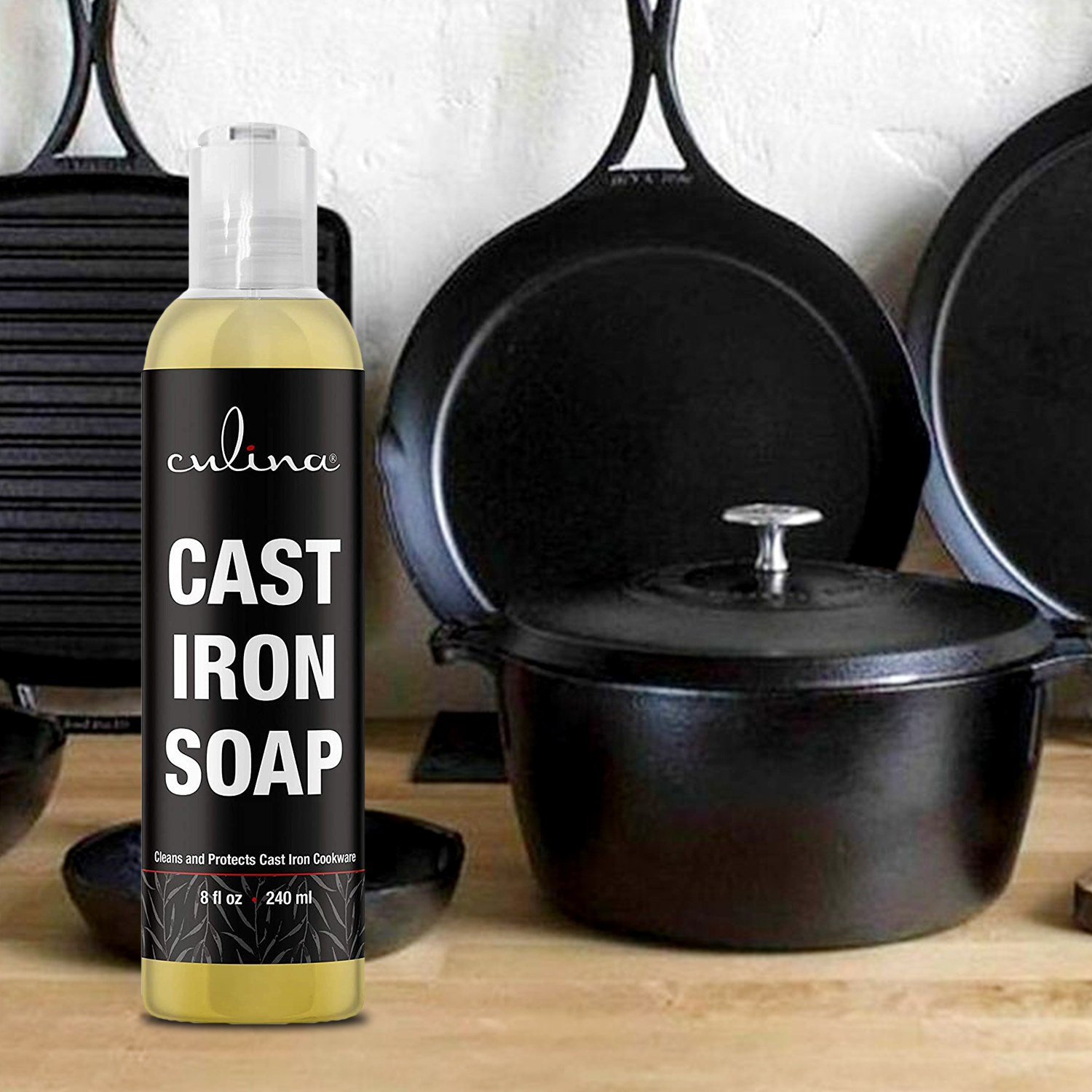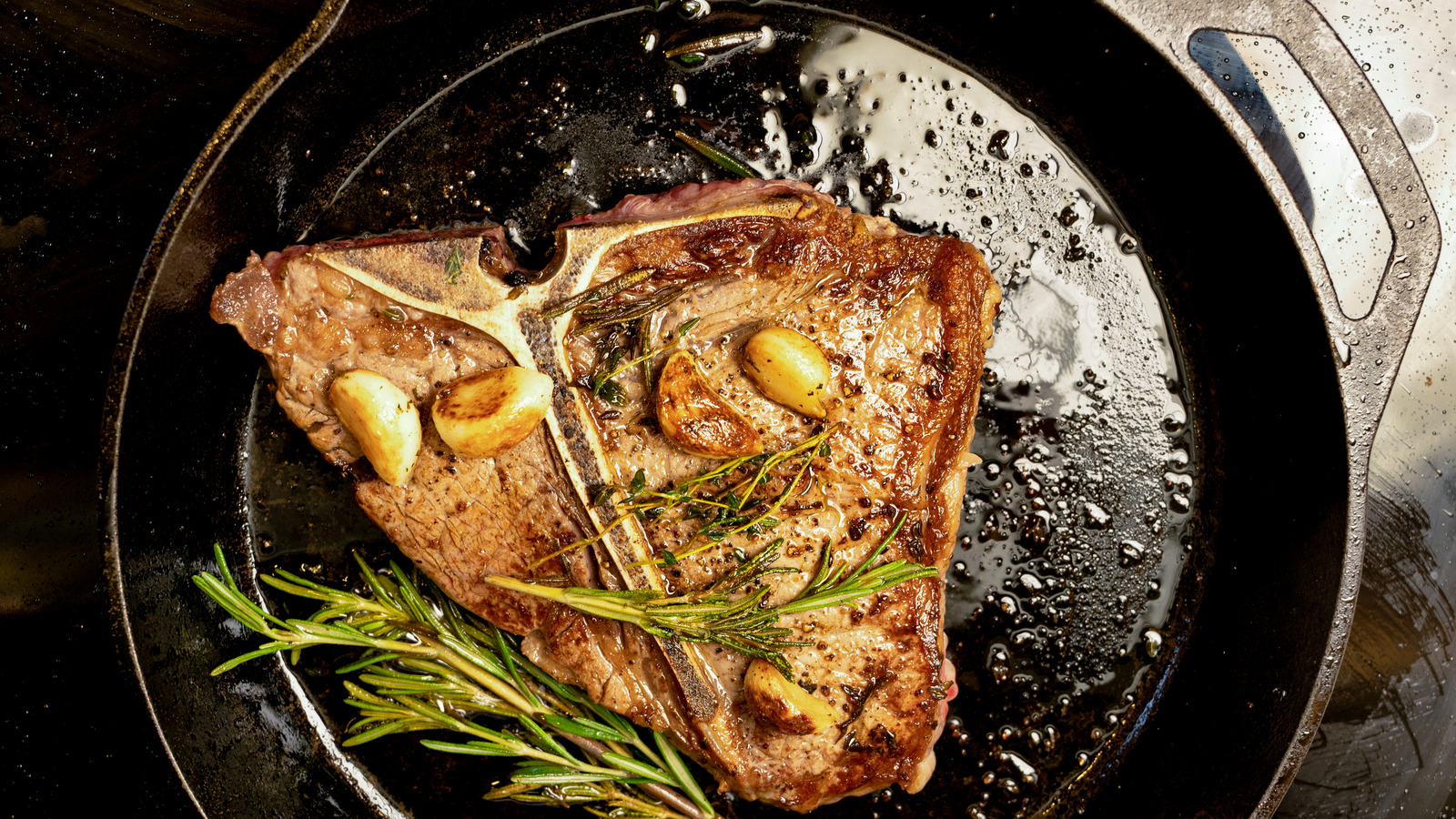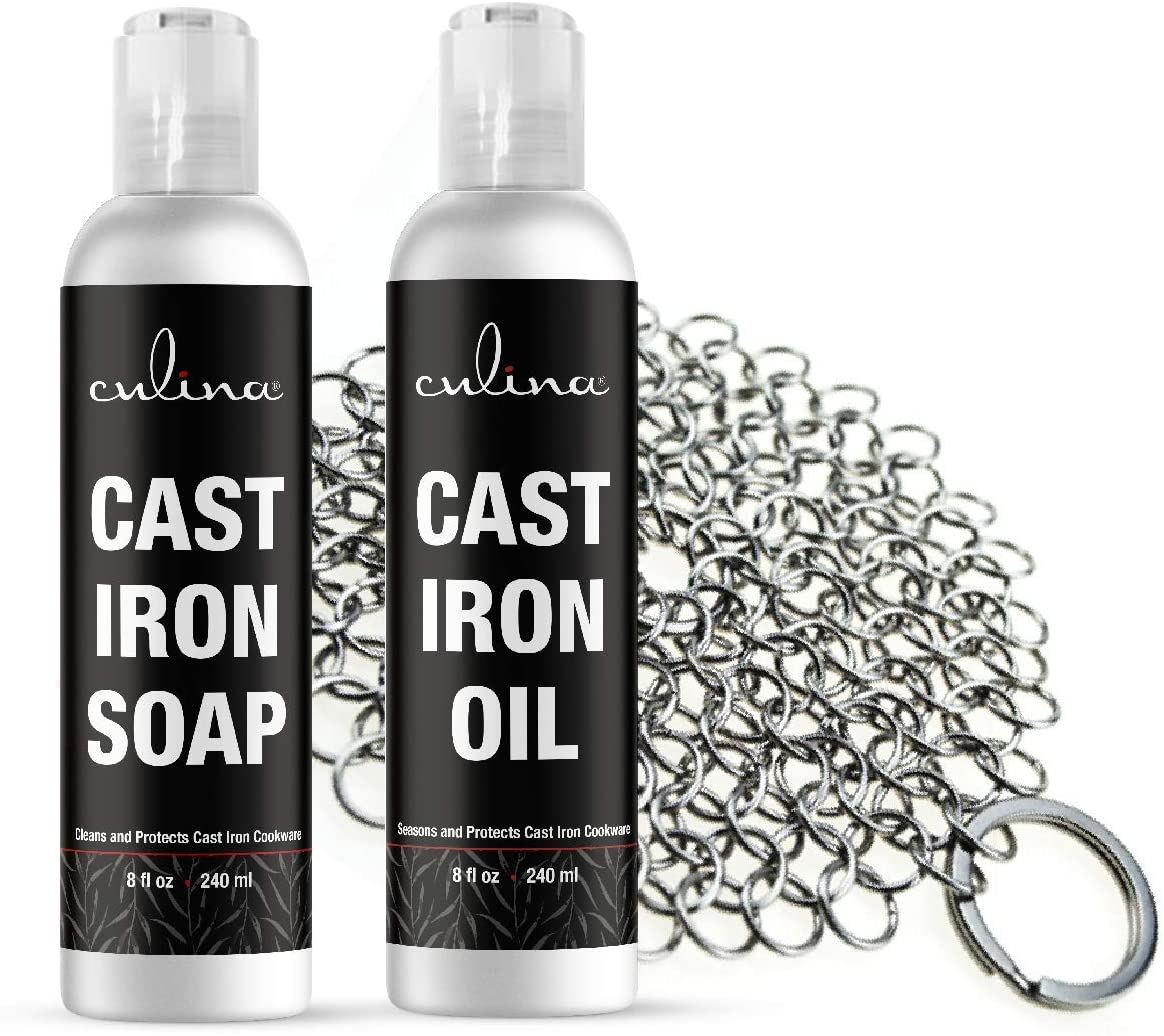Cooking enthusiasts and professionals alike often find themselves in a quandary when faced with the decision of choosing between a stainless steel skillet and a cast iron skillet. Both types have their pros and cons, and understanding these can help you make an informed decision. In this article, we will dive deep into the world of stainless steel skillets and cast iron skillets to uncover the unique features, benefits, and drawbacks of each.

Introduction
Choosing the right skillet can significantly impact your cooking experience and the taste of your food. Stainless steel skillets and cast iron skillets are two of the most popular choices among both home cooks and professional chefs. But which one should you choose? Let’s explore the differences between these two, and we’re sure you’ll be delighted with the insights we provide.

History of Skillets
The Origin of Cast Iron Skillets
Cast iron skillets have been around for centuries. They were first used in China in the 5th century BCE and later became popular in Europe and America. Their durability and excellent heat retention made them a favorite among cooks.
The Rise of Stainless Steel Skillets
On the other hand, stainless steel skillets are a more recent invention, coming into prominence in the early 20th century. The development of stainless steel itself was a breakthrough in metallurgy, offering a material that was both rust-resistant and highly durable.

Material Composition
Cast Iron Skillets
Cast iron skillets are made from molten iron that is poured into molds and allowed to cool. This process results in a skillet that is extremely durable and capable of withstanding very high temperatures.
Stainless Steel Skillets
Stainless steel skillets are crafted from layers of stainless steel, often with an aluminum or copper core to enhance heat conductivity. This makes them lighter and potentially more versatile than their cast iron counterparts. The combination of metals ensures even heating and resistance to warping.
Heat Retention and Distribution
The Heat Retention of Cast Iron
One of the greatest advantages of a cast iron skillet is its ability to retain heat. Once heated, cast iron holds onto that heat for a long period, making it ideal for searing meats and slow-cooking dishes.
Even Heat Distribution with Stainless Steel
Stainless steel skillets excel in distributing heat evenly across the cooking surface. This is particularly useful for dishes that require precise temperature control. The addition of aluminum or copper cores in many stainless steel skillets further improves their heat distribution capabilities.
Cooking Versatility
The Versatility of Cast Iron
A cast iron skillet can be used for a wide range of cooking methods, including frying, baking, and even grilling. Its ability to withstand high temperatures makes it perfect for use in the oven or on a grill.
The Flexibility of Stainless Steel
Stainless steel skillets are incredibly versatile and can handle a variety of cooking techniques. From sauting vegetables to pan-searing steaks, a stainless steel skillet is a valuable tool in any kitchen. Plus, since they are often lighter than cast iron, they are easier to handle.
Maintenance and Care
Maintaining a Cast Iron Skillet
Cast iron skillets require more maintenance to keep them in good condition. They need to be seasoned regularly to maintain their non-stick surface and prevent rust. Cleaning should be done with minimal soap and water to protect the seasoning. Learn more about cleaning cast iron skillets.
Caring for Stainless Steel
Stainless steel skillets are generally easier to maintain. They can be cleaned with regular dish soap and water, and most are dishwasher safe. However, to preserve the metal’s shine, it is advisable to hand wash and dry them thoroughly.
Durability and Lifespan
The Durability of Cast Iron
When properly cared for, a cast iron skillet can last for generations. Its robust construction makes it resistant to damage and capable of withstanding the rigors of daily use.
The Longevity of Stainless Steel
A high-quality stainless steel skillet can also last a very long time, especially if it includes composite metals like an aluminum or copper core. Stainless steel is resistant to rust and corrosion, making it a durable choice for everyday cooking.
Cooking Performance
Cooking with Cast Iron
The performance of a cast iron skillet is unmatched when it comes to high-heat cooking methods. Its superior heat retention is perfect for searing steaks and achieving that perfect crust on your dishes.
Cooking with Stainless Steel
Stainless steel skillets offer excellent performance for a variety of cooking tasks. The even heat distribution they provide is beneficial for cooking delicate sauces and achieving uniform cooking results.
Non-Stick Properties
The Natural Non-Stick of Cast Iron
When properly seasoned, a cast iron skillet offers natural non-stick properties. This makes it an excellent choice for cooking eggs, pancakes, and other foods that require a non-stick surface.
Non-Stick Considerations for Stainless Steel
While stainless steel skillets are not inherently non-stick, their smooth surface can still perform well with the right techniques. Using oil and preheating the pan can help minimize sticking and improve cooking results.
Weight and Handling
The Heft of Cast Iron
A common drawback of cast iron skillets is their weight. These skillets are heavier than stainless steel, which can make them more challenging to handle, especially when full of food.
The Lightness of Stainless Steel
Stainless steel skillets are generally lighter and easier to maneuver. This makes them a more user-friendly option for cooks who may struggle with the weight of cast iron.
Cost and Investment
Investing in Cast Iron
The initial cost of a cast iron skillet is relatively low, but the long-term value is high. With proper care, your cast iron skillet can last a lifetime, making it a worthwhile investment for any kitchen.
The Price of Stainless Steel
Stainless steel skillets can vary widely in price, depending on the quality and brand. Higher-end models with composite cores can be more expensive, but their durability and performance can justify the cost.
Environmental Impact
The Greener Choice
Both cast iron skillets and stainless steel skillets have minimal environmental impact compared to non-stick pans coated with synthetic materials. Cast iron is renewable and can be recycled, while stainless steel is also recyclable and widely used in eco-friendly cooking appliances.
Choosing the Right One for You
The decision between a stainless steel skillet and a cast iron skillet ultimately depends on your cooking needs and preferences. Consider the types of dishes you cook most often, your comfort with the weight of the skillet, and how much maintenance you are willing to perform. Either way, both options offer tremendous benefits and can be a terrific addition to your kitchen arsenal.
Faq Section
Which is healthier: stainless steel or cast iron?
Both stainless steel and cast iron are considered healthy cooking options. Cast iron adds a small amount of iron to your food, which can be beneficial. Stainless steel is non-reactive and doesnt leach any significant metals into your food.
Can I use a cast iron skillet on a glass-top stove?
Yes, but you need to be cautious. Cast iron is heavy and can scratch or crack a glass-top stove if not handled gently.
Is stainless steel safer for acidic foods?
Yes, stainless steel skillets are non-reactive and safe for cooking acidic foods like tomatoes and lemon juice, unlike cast iron which can react with highly acidic ingredients.
For more information on maintaining your skillet, you can refer to this article on how to clean a cast iron skillet.
Conclusion
In conclusion, the debate between stainless steel skillets and cast iron skillets is not about which is ultimately better, but which is better for your specific cooking needs. Both types of skillets offer unique advantages and can profoundly enhance your cooking experience. We hope this comprehensive guide has helped clarify the differences and benefits of each type of skillet. Happy cooking!
For more tips on kitchen tools and cooking techniques, visit here, here, and here.
As an Amazon Associate, I earn from qualifying purchases.
